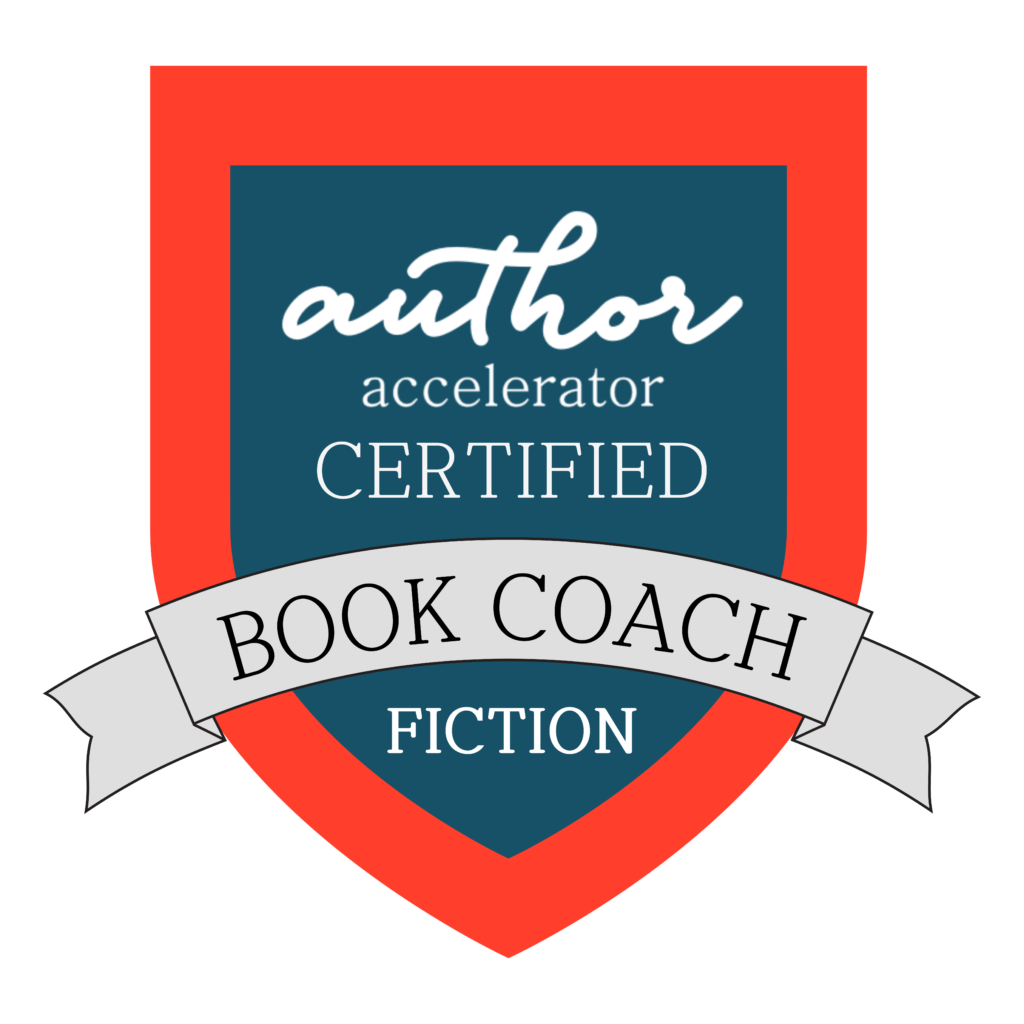What is setting?
Joanna Penn in her article, Write Better Settings, says a setting is more than just where the scene takes place. It adds an extra dynamic to the story if it’s an interesting or unusual place.
Courtney Carpenter emphasises that setting is just as important to a successful story as plot and character. Like Penn she says that setting is more than a backdrop to the story, it is an interactive aspect of your fictional world.
Penn concedes there are times when a scene must take place in a very ordinary setting. In that case consider what unusual props you can add into the setting. By bringing in things like photographs or trinkets you can make the scene a little more interesting.
Why is setting important?
Carole Benedict says that setting sets the mood of a story and gives it a context. It influences the mood of the characters and how they react to their environment.
But it can also reflect the society you’re writing about and can even play an active role in your story.
For example, NowNovel.com give the example of The Lord of the Rings by J R R Tolkien. Not only does the physical geography of Middle Earth hinder the hobbit’s journey, but at times the earth is a living, breathing barrier to their quest. In non-fantasy stories the writer suggests that even a character moving from the country to the city, and vice versa, can bring about challenges for them.
The setting provides significant details for a reader, but the writer mustn’t describe every last detail, just enough to draw the reader into your word.
What should you consider when writing your setting?
Jess Butterworth in her article for the Writers & Artists Yearbook offers eight tips for creating a successful setting:
- If it’s set in a real place, research it.
Watch videos, read both fiction and non-fiction about the place, look at photographs and maps. I quite often print out photographs and put them on my storyboard. They help to remind me of the feel of the place but equally can act as story prompts from time to time.
The author Joanna Penn travels to the place she wants to write about. From that trip she uncovers her story and builds the world around it.
- Use setting to create atmosphere
Think about what time of day it is, how the clouds hang in the sky depending on the skyline. For example, Charles Dickens uses London in a way no other writer does. In a paragraph he can transform the city into a character. There are not many who can do this as well as Dickens, so he’s well worth studying.
- Use all the senses
These are the details that really make a setting come to life and can drop the reader into your world
- Does the setting form part of the conflict?
Does it keep the character constrained, or keep them out? An empty house in a horror story is not just an empty house, it symbolises something malevolent that keeps the character imprisoned.
- Use setting to reveal the character
Does the character notice the world around them? For example, the landscape, the wildlife or population. Do they view those things positively or negatively? The photographs and trinkets mentioned earlier can reveal something of your character’s backstory.
- Balance description with pace
Find the balance between slowing the pace with too much description and giving the reader enough detail to bring them into your world.
- The power of naming things
Naming things can give them a gravitas or importance they might not otherwise have had. A good example of this is the Weirwood tree in Game of Thrones. That tree had huge importance to the story. It’s not any old tree, it’s the Weirwood tree. It has special powers and can live forever.
- Use specific details
In the Harry Potter series Hogwarts is described in detail, from the moving portraits on the walls to the changing ceiling designs in the dining hall. These details are drip fed throughout the series, which allows the reader to invest themselves further in the story.
If you’re writing about a real place, use the details of what you know. This helps the place to change and bring an added depth to the story.
A few extra considerations
I don’t think these are essential for the beginner writer but are interesting to consider.
Show the effects of time on setting
Evelyn Waugh’s Brideshead Revisited as a good example because his characters visit the same places before and after WWII. The was has taken it’s toll on Brideshead itself, the characters and Britain more generally. The setting is a beautiful way of exemplifying a new era has begun.
Eras of historical importance
Important events, wars, or historical periods linked to the plot and theme might include the Civil war, World War II or the gold rush of the 1800s. These immediately place a story and plonk your reader right where they need to be.
Comment below and share your tips and strategies for bring your settings to life.
If you’re a beginner writer and would like a little guidance in getting started, download my free mini-course, 3 Easy Steps To Start Writing Your Novel. It might be the kickstart you are looking for.






